Examining the Aboriginal and Indigenous Population of Canada: A Study
VerifiedAdded on 2023/04/24
|5
|802
|108
Homework Assignment
AI Summary
This assignment examines the socio-economic conditions of the Aboriginal and Indigenous population in Canada, utilizing statistical data from 2011 and later. It analyzes educational attainment, revealing lower rates of degree completion among Indigenous peoples compared to the mainstream population, attributing this to a desire to maintain distinct traditions. The assignment also addresses the over-representation of Aboriginal youth in correctional services, highlighting disparities in the justice system. Employment rates are discussed in relation to educational qualifications, with lower employment rates among Indigenous populations. Furthermore, the study sheds light on the alarmingly high suicide rates within First Nations and Inuit communities, linking these to limited access to education and employment, as well as a lack of integration into mainstream Canadian society. The document concludes by reflecting on the unexpected high incarceration rates and emphasizes the need for improved integration and support for Indigenous communities.
1 out of 5
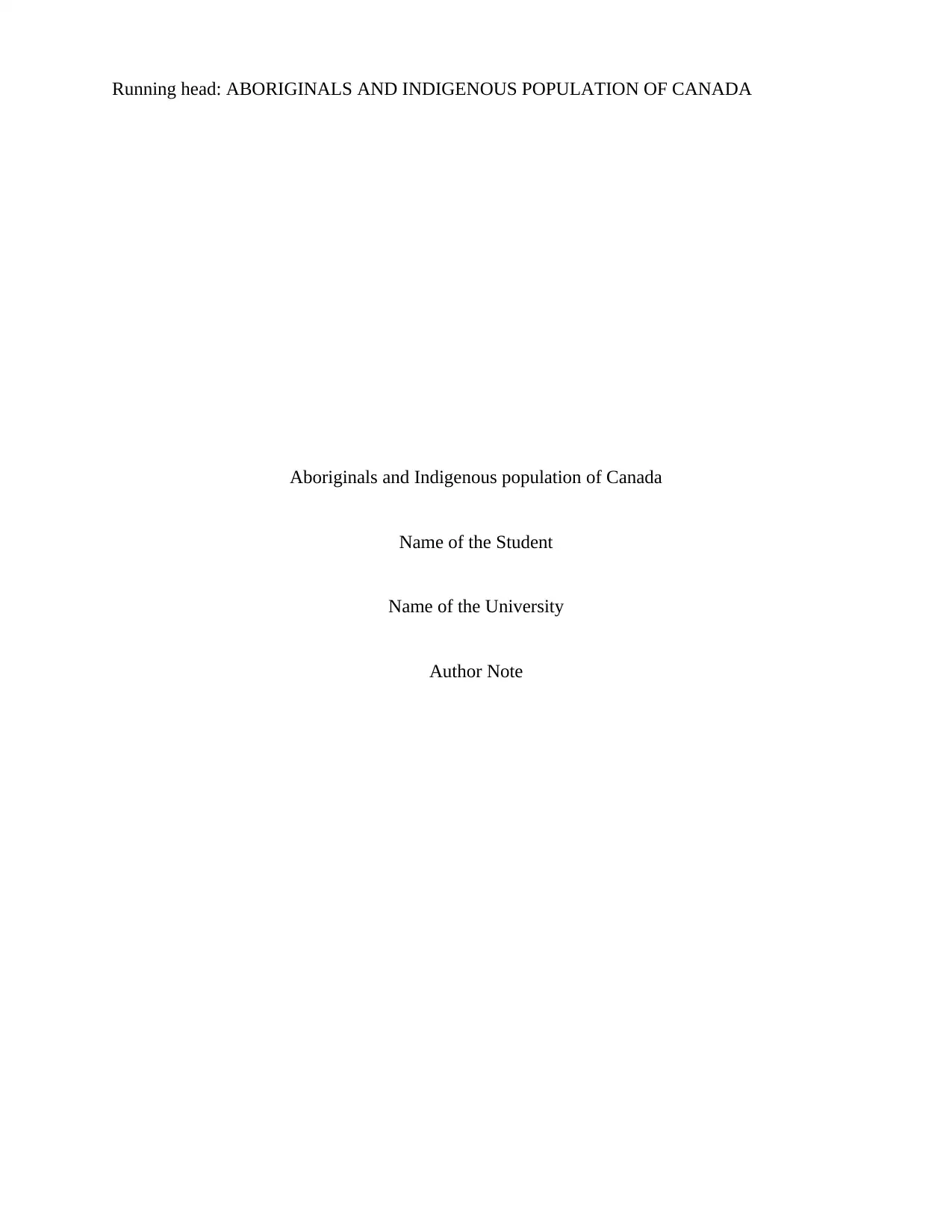
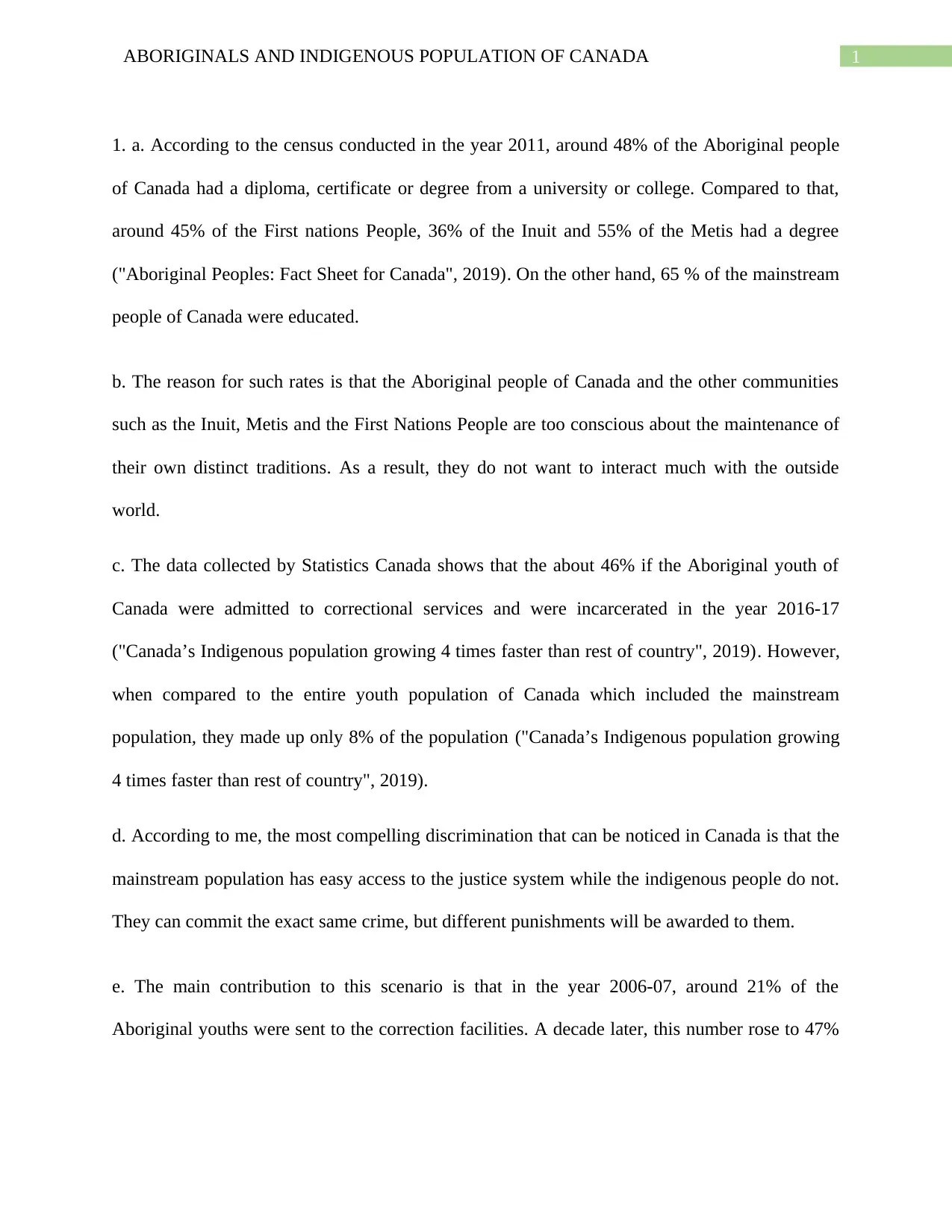
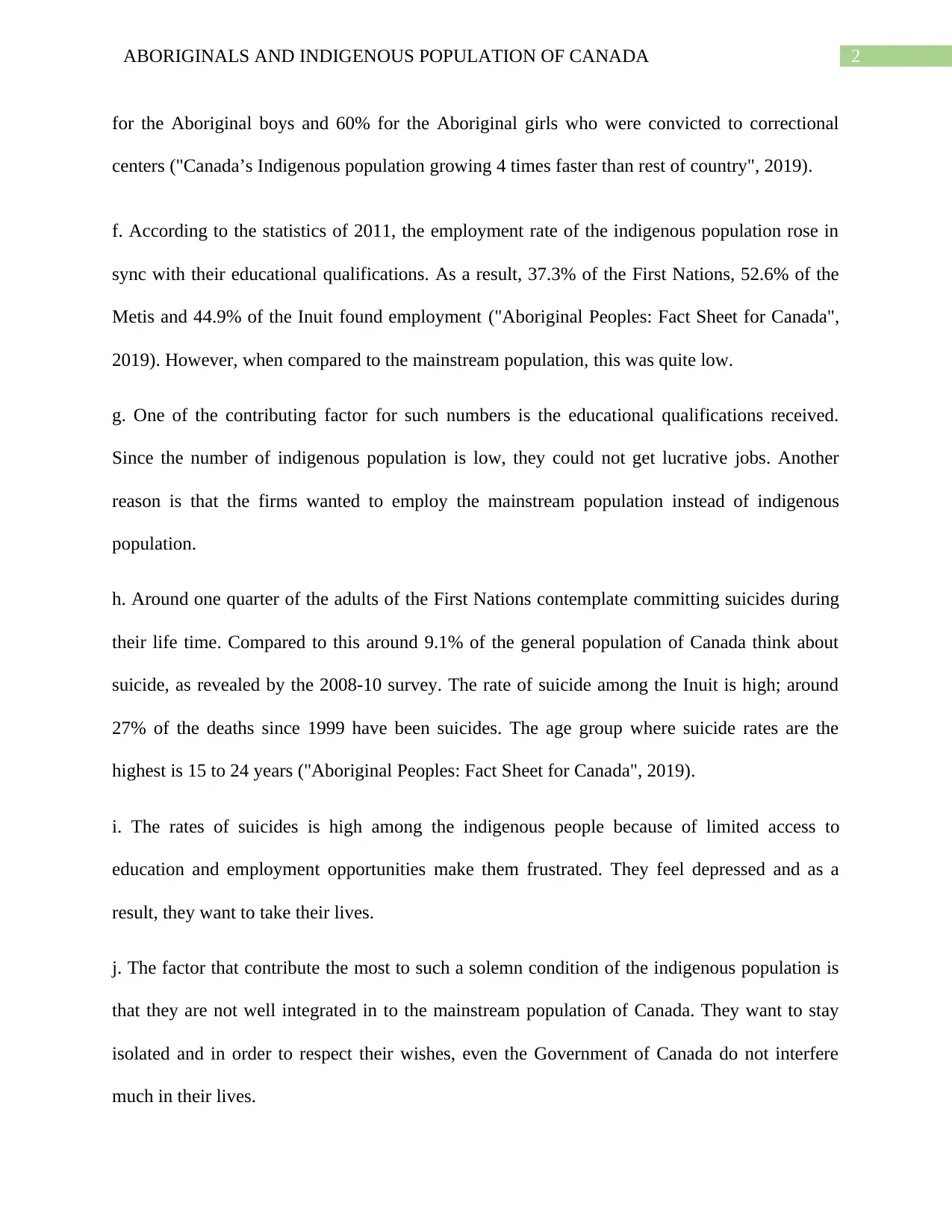

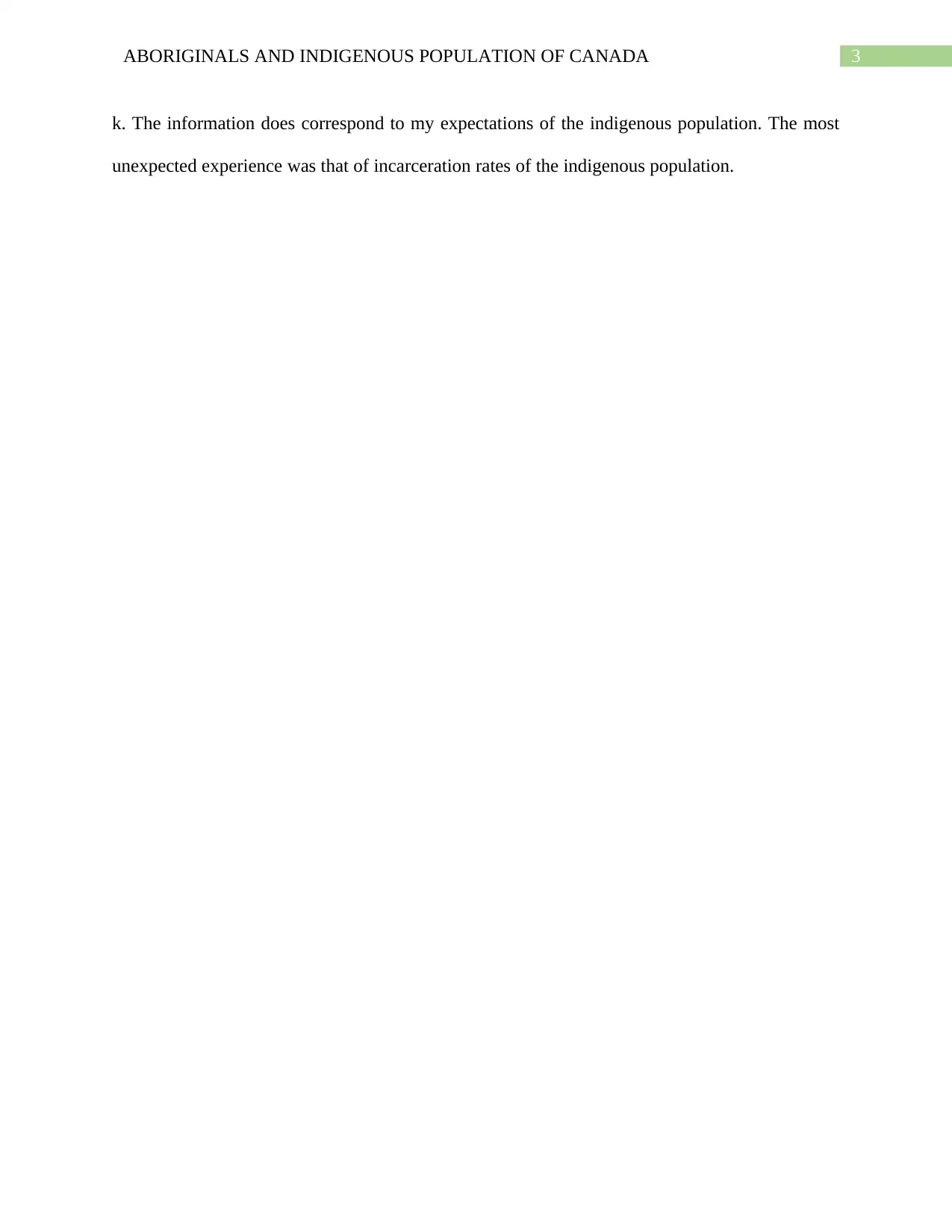
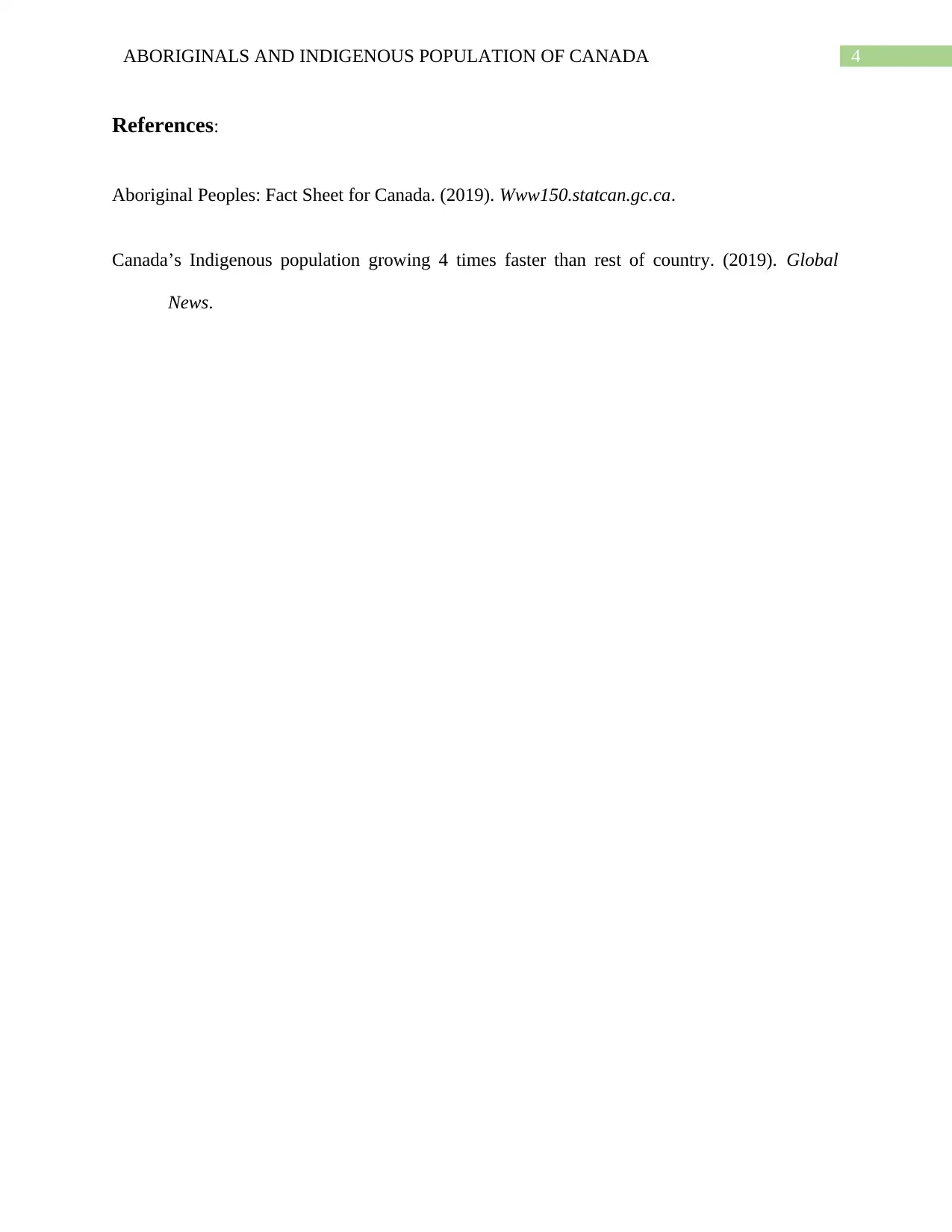






![[object Object]](/_next/static/media/star-bottom.7253800d.svg)